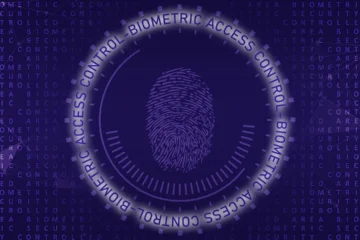Table of Contents
The Human Factor: Addressing Cybersecurity Risks and Human Behavior

In the ever-evolving landscape of cybersecurity, one critical factor often overlooked is the role of human behavior in protecting digital assets. While technology and software solutions play a crucial role in safeguarding systems, human actions and decisions can significantly impact an organization’s security posture. In this informative and descriptive blog post, we will explore the importance of addressing cybersecurity risks related to human behavior and delve into strategies to mitigate these risks effectively.
The Human Element in Cybersecurity
Social Engineering: Social engineering tactics, such as phishing emails, pretexting, and baiting, exploit human vulnerabilities and manipulate individuals into divulging sensitive information or performing malicious actions. Understanding these tactics and raising awareness among employees is crucial in preventing successful social engineering attacks.
Password Management: Weak or reused passwords are a common vulnerability exploited by attackers. Educating users about the importance of strong, unique passwords, and implementing password management best practices, such as multi-factor authentication (MFA), can significantly enhance security.
Insider Threats: Insider threats occur when individuals within an organization intentionally or unintentionally compromise security. This could be due to malicious intent, negligence, or lack of awareness. Implementing strict access controls, conducting regular security training, and fostering a culture of security awareness can help mitigate insider threats.
Strategies for Addressing Human Behavior Risks
Security Awareness Training: Regular security awareness training programs educate employees about various cyber threats, attack techniques, and best practices. Training should cover topics such as phishing, social engineering, password security, and data protection to empower individuals to make informed decisions and identify potential risks.
Strong Security Policies: Establishing robust security policies that outline acceptable use, data handling, and incident reporting is crucial. Clear guidelines regarding data privacy, device usage, and security protocols provide a foundation for secure practices across the organization.
Continuous Monitoring and Incident Response: Implementing monitoring systems to detect unusual activities and anomalies helps identify potential security incidents promptly. Having a well-defined incident response plan ensures a swift and coordinated response to mitigate the impact of any security breaches.
Cultivating a Security Culture: Building a security-conscious culture is vital to address human behavior risks. Organizations should encourage open communication, reward security-conscious behaviors, and foster a sense of responsibility among employees. Incentives such as bug bounty programs and security awareness campaigns can reinforce the importance of cybersecurity.
Collaboration and Accountability
Collaboration: Cybersecurity is a shared responsibility that requires collaboration across all levels of an organization. IT departments, employees, and management should work together to develop and implement security measures, share information, and address potential vulnerabilities.
Accountability: Holding individuals accountable for their actions and enforcing consequences for negligent or malicious behavior creates a culture of responsibility. By emphasizing the importance of cybersecurity and the impact of human behavior on overall security, organizations can encourage individuals to take their role seriously.
Conclusion
Addressing cybersecurity risks related to human behavior is an essential aspect of a comprehensive cybersecurity strategy. By recognizing the human element and implementing strategies to mitigate risks, organizations can significantly enhance their security posture. Through security awareness training, strong security policies, continuous monitoring, and a collaborative and accountable culture, the human factor can become a critical asset in defending against cyber threats. Ultimately, creating a cybersecurity-conscious environment empowers individuals to make informed decisions and actively contribute to protecting digital assets.



